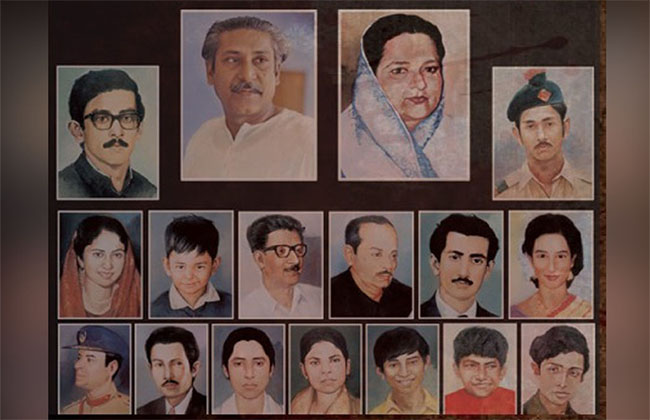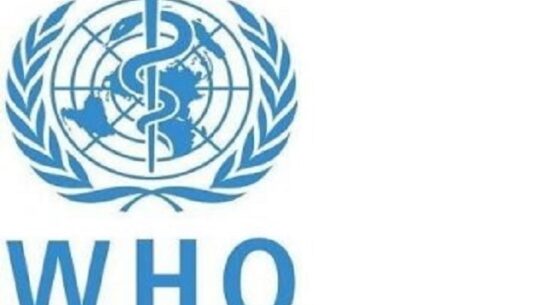
Few deaths have impacted on Bangladesh as did the death of Sk. Mujibur Rahman in every possible way. Not only have we not recovered, one can’t be sure that we ever will. The killing was barbaric because it didn’t just involve him but his entire family including women and children. It showed the ferocity and banality of guns used against the unarmed. The death casts a pall over many but the sigma of such a death must be shared by all.
History is a narrative of continuity and the August events must be seen in that perspective. Many of the political problems were rooted in the complexities of 1971 which produced both allies and enemies. This was not just in the international arena but certainly in the national scene too. The roots of such conflicts lay in 1971.
Some saw the political face of cleavages in the formation of JSD, the rise of Leftist extremism but also the economic. The plunder through various means as the shortage economy hit everyone created an overall unease that never left.
Lack of understanding of 1971 has greatly retarded our analysis of the present too. There was conflict within the Mujibnagar government whether in the formation of the Mujib Bahini or in Kh. Mushtaque’s attempt to start talks with Pakistan through US mediation but at many other levels as well. It’s ironic that the letters written by a Mushtaque minion to the US mentions the Mujib Bahini as a potent Leftist threat to counter which the US should intervene or get involved.
This is a bit ironic because the Indian intent was to have a separate force which they could directly control directly. India was no friend of the US at all but very hostile towards the Leftists and Moni was one of the members. Basically, it was about power conflict within Mujibnagar.
When Sk. Mujib returned to Bangladesh from Pakistan, he inherited all these problems though they were not of his own making. On top of that were the problems of a devastated country with no governance infrastructure and no system that had survived the Pakistani occupation. It was a challenge that was overwhelming and each grew on another. The problem of course were solutions which were timely and appropriate or not given the then state structure.
However, the killing of Sk. Mujib by his own 1971 warriors and colleagues will go down as not just horrific but puzzling as well. The lot that took over were not knights in shining armor and to them power mattered. It mattered more than the health of the state. And it triggered forces that are still not fully under control. One coup followed another and the legacy of blood was established that continues. Hostility defines our politics.
It’s a day of mourning but it must go beyond that and establish the day of learning what happened in our history that we have experienced through so much pain and blood.
Each generation, different perceptions
Each generation looks at the events according to its own perspective. After all, those who were present in 1975 are very different from those who are active now in 2021. Many if not most were not even born so to them the event comes packed with the history that they are not familiar with. It’s very important to recognize this reality as we try to analyze and understand the reality of 1975 and explain them to the contemporary mind of the now. The methodology to portray the multiple layers of socio-economic and political history when so different needs fresh paths. How do we then approach the history of the founder of the state and 1975?
Three approaches are necessary if there is to be a common space in understanding history. One doesn’t have to eulogize or abuse because they are products of ignorance. Understanding is more important than both. Yet what we lack most as far as the history of 1975 is that it seems to be more about political hostility rather than sharing it with historical reality too.
This is not to deny that there were no conspiracies but to locate these conspiracies within the womb of history is needed. It’s important to recognize that the forces that Sk. Mujib led were the most constant force of rebellion in the history of the last two hundred years and that this struggle is not over. That is the first approach to understand the history to locate the leader. That he represented the forces of the marginalized and the loss of life must be measured in terms of the loss accrued to this class.
The second approach is to study both the politics and sociology of the marginalized and their history and how they have prevailed. It’s very significant that although the ruling elite class has not paid much attention to them compared to the benefits of wealth making crony capitalism, they stand as the most resilient of them all.
It’s true that their world has changed from the traditional and many new unstable social forces have entered their society but as a class they are pushing forward and reducing the boundaries of marginalization. It means that it’s the class that has progressed while among the elite only a few cronies have. Demography has decided the history of the region till date and today the underclass is still at the bottom but no longer subservient.
Third and final, one must study the anatomy of the class that has benefited most from the changes of 1975. It’s not a cluster or a group that has gained in the post 1975 society and its power structure but an entire class that lives off Bangladesh. It’s not just their political identity that is important but their socio-economic profile as well. We need to understand the streams of upward mobility and continuity of presence in the ruling class spaces. Individuals matter but much more does class.
It’s only when we can adequately complete these tasks can we claim that we have shown the proper respect that the leader deserves and that we have learnt the lessons from the terrible tragedy.

